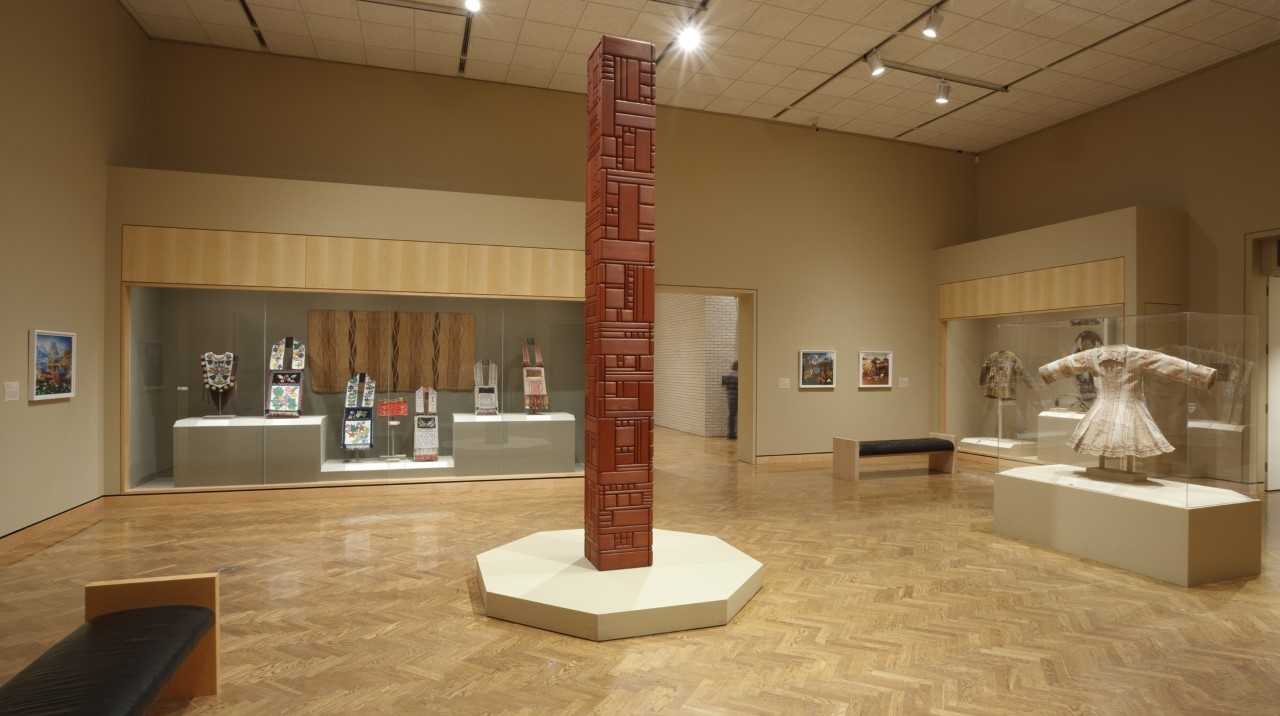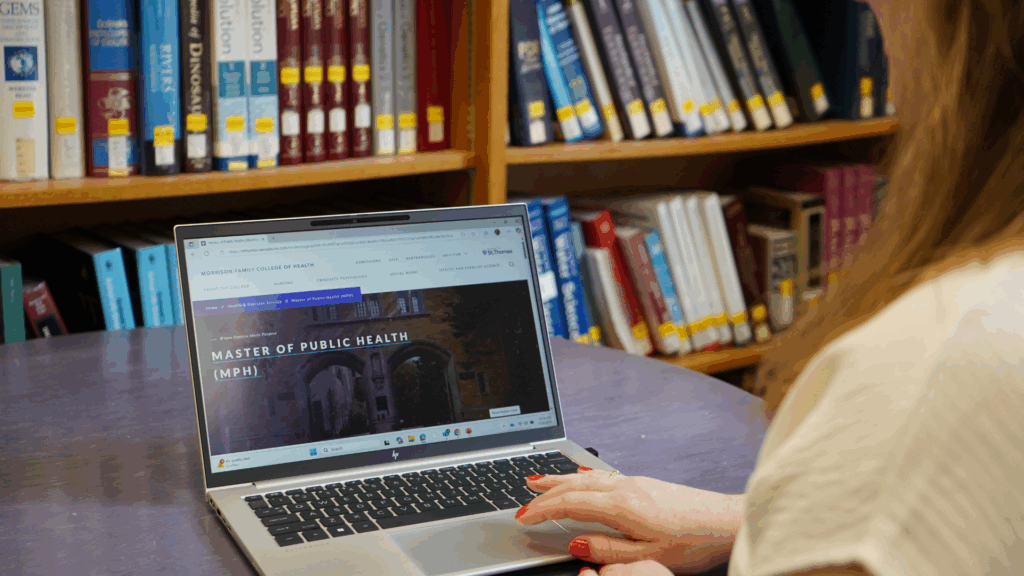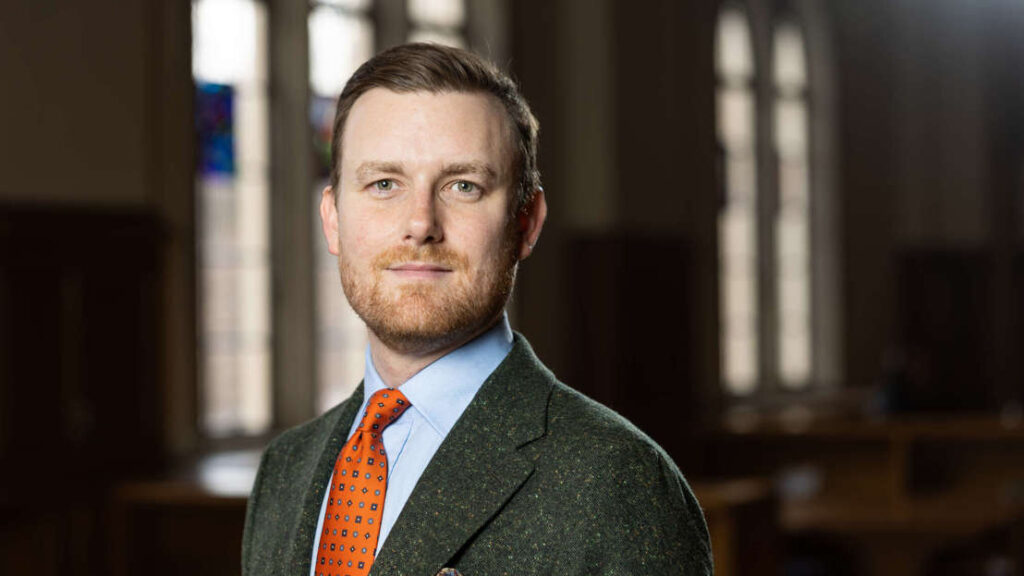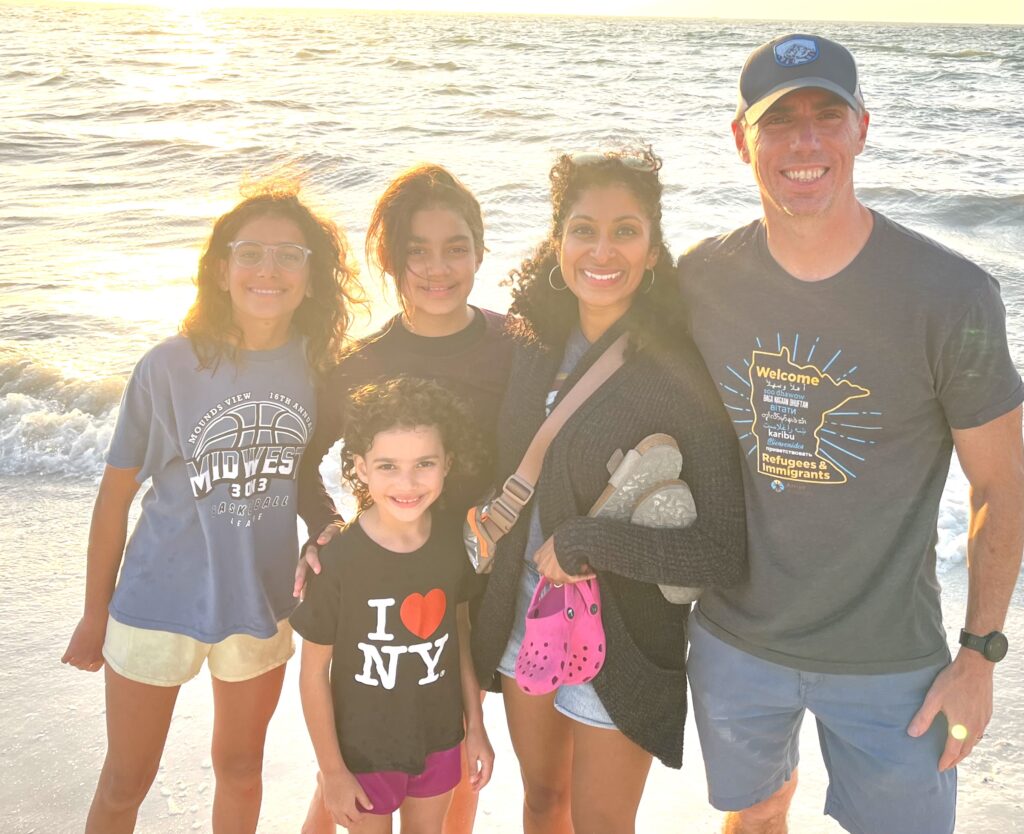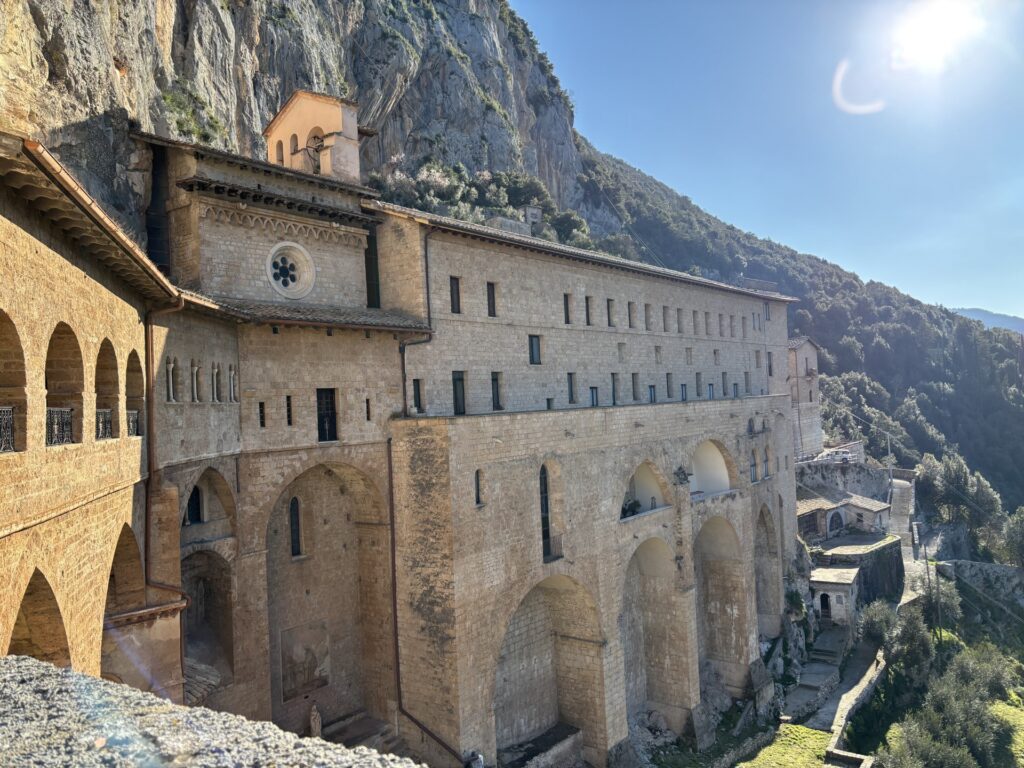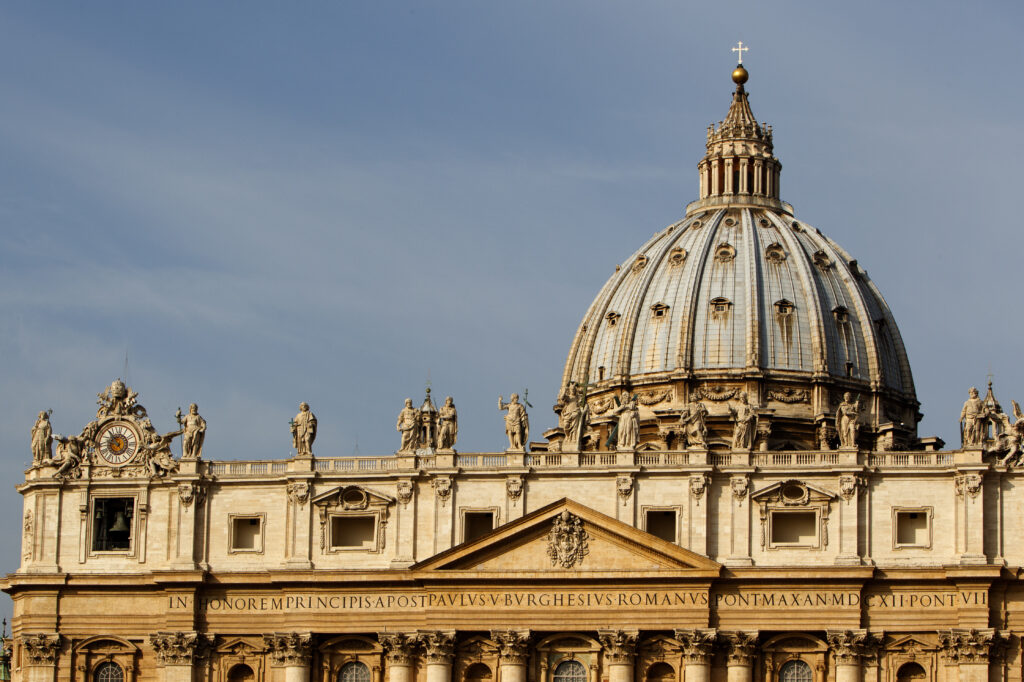During Madie Ley’s first year at St. Thomas, she spent J-Term in London taking Introduction to Art History. She immersed herself in the rich culture of England’s capital city studying many of its famous museums, contemporary art galleries and significant architectural sites. The trip inspired Ley to become an art history major.
“As somebody who grew up outside the Twin Cities,” explained Ley, who is from Elk River, “being in St. Paul for a few months and then going to London, I discovered there’s so much more to the world.”
Art inspired Ley again last summer, this time while taking a Native American Art History class from Adjunct Professor Jill Ahlberg Yohe, an assistant curator of Native American art at the Minneapolis Institute of Art. Following the class, Ley interned at the museum and worked with Yohe on research related to the curation of Native American art. Ley, a senior, is continuing this research at St. Thomas thanks to a Collaborative Inquiry Grant, with Art History Professor Jayme Yahr serving as her mentor.
“I’ve been interested in recent events in the world of curating Native American art and looking at the shift of museums pulling from their collections and putting on shows,” said Ley, who is hoping to present her findings in April at a conference at the Minneapolis Institute of Art. “There’s this shift to collaborate with local communities to address issues in museums that originated from a European elitist way of looking at things, which has led to problematic ways of showing non-European and non-Western art. I’m looking at the best ways to facilitate better cultural representation.”
Community collaboration and exhibition

A Minneapolis Institute of Arts visitor examines a Native American art exhibit. (Images courtesy of Minneapolis Institute of Arts.)
In her research, Ley is examining the way three different venues – Minneapolis Institute of Art, the National Museum of the American Indian (NMAI) in Washington, D.C., and the U’mista Cultural Centre in Alert Bay, British Columbia – display Native American art and the community collaboration that goes with their exhibitions.
“Throughout the past few decades, museums have played a more active role in saying, 'We want to separate from this historical ideology of having an exotifying or primitivizing perspective on non-Westerners,” she said. “[Collaboration] can take a variety of forms including advisory boards in museums."
Ley said one of her case studies focuses on the Minneapolis Institute of Art’s upcoming exhibition on Native American women artists; a lot of the preparation for the exhibition has been working with the artists themselves and descendants of the artists.
"That collaboration is leading to an inclusive and, I think, exciting exhibition,” Ley said.
Ley also noted the NMAI’s strong commitment to collaboration and visitor engagement. Part of the Smithsonian, the NMAI's flagship museum opened in 2004 on the National Mall in Washington, D.C.
"That’s particularly interesting for my research because it’s the national representation of American Indian art," she said. "Its opening was a watershed moment for people who have been working for representation for a long time. Since then, it’s been 100 percent collaborative and trying to engage with visitors as much as possible. "
In her research, Ley also highlights the unique way Canada's U’mista Cultural Centre displays artifacts and the fact it is run entirely by indigenous people.
“They have done some methods of displaying that are counter to a Western-centric or Europe-centric-type of museum,” Ley said. “Keeping objects outside of glass cases because it ties to indigenous ways of understanding that these objects should be able to breathe – they’re not scientific specimens. Showing objects in the order they would emerge during the potlatch ceremony instead of just these are masks, these are shirts, etc.”
Faculty collaboration, too
Yahr said through her research, Ley is thinking through important questions and tackling challenging issues museums face.
“She’ll be able to give three solid and concrete examples on ways you can collaborate from different perspectives. ... This is really key to the conversation that’s happening globally,” Yahr said. “There’s not a lot of writing about this, even though there’s a lot of talk about it. All of the resources we have in terms of scholarly articles and books are primarily dealing with indigenous representation outside of the United States.”
Ley, who would eventually like to pursue a PhD in art history, said Yahr has been key in suggesting relevant books and articles, along with helping Ley translate her passion into something she can speak on at a professional level.
“It’s great to have someone who knows what I’m talking about and to bounce ideas off of,” Ley said. “I have consumed all this knowledge reading journal articles and books, but it’s really hard to narrow it down to a single argument.”
“I think Madie can add to the conversation, which is exciting from an undergraduate level," Yahr added. "This is what we expect from master’s thesis or dissertations. What a cool thing to be funded by St. Thomas and, for me as an adviser, to have an opportunity to work with an undergraduate like Madie, who is passionate, but is also contributing to the conversation.”
